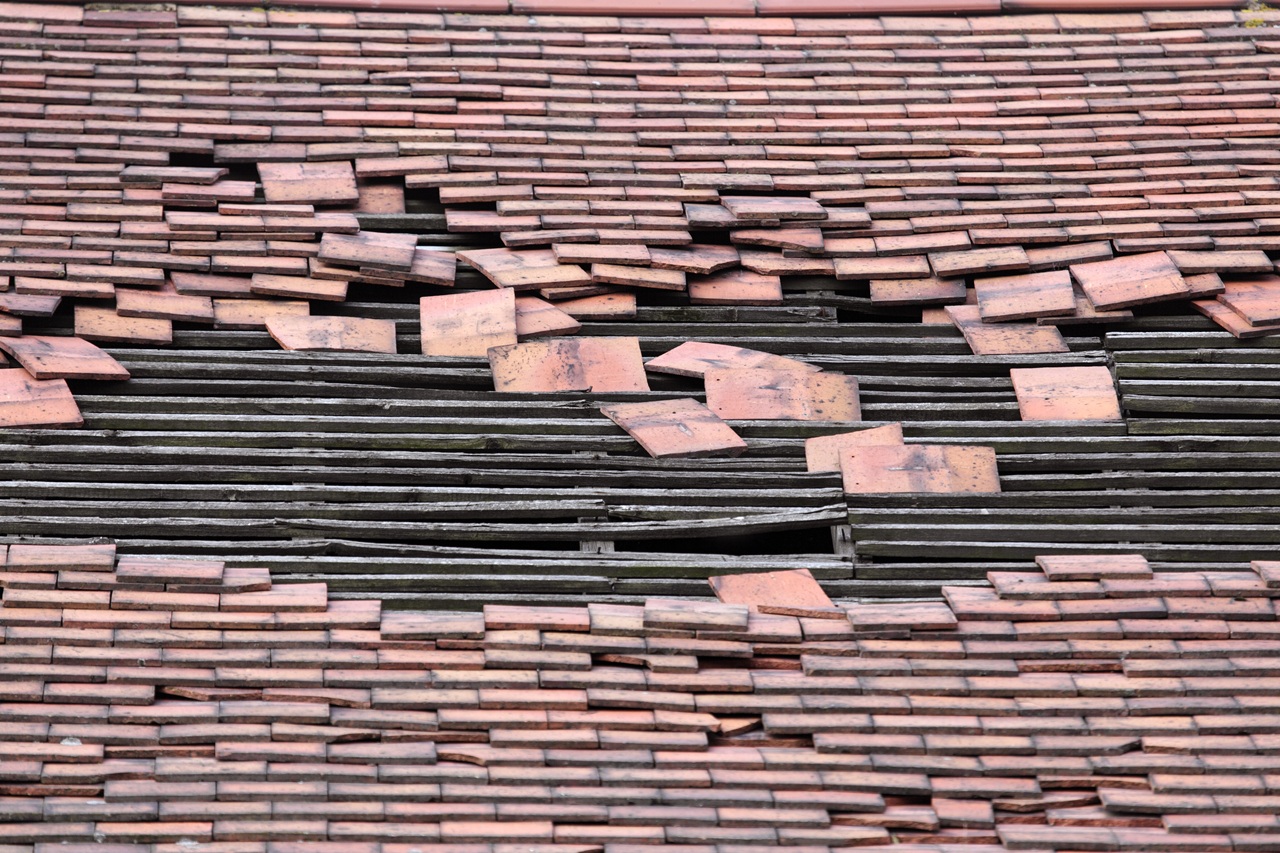- Home
- Services
Residential Services
Commercial Services
Additional Services
- Areas We Serve
- Financing
- Resources
- About us
- Contact Us
Setting the Standard in AZ Roofing Since 1993
Tile roofs suit desert homes, but heat, wind, and time test every component. Tiles shield the sun. Battens hold the tiles in place. Underlayment keeps water out. When tiles slide or battens split, the sun hits the underlayment and rain finds a path indoors. Phoenix and Tucson see long stretches of 100°+ days, sudden dust storms, and hard monsoon bursts. That mix speeds up wear and turns small tile movement into torn felt, brittle seams, and leaks. This guide breaks down why tiles slip, what underlayment exposure does to your home, and the smart fixes that lock the system back together.

Think of the roof as a team. Battens are thin wood strips fastened across the deck. Tiles hook onto those strips. Underlayment sits under the tile layer as the water barrier. Each piece plays a role:
Lose a batten or let a tile slide and the underlayment takes the hit.
The desert punishes fasteners and wood. Common triggers:
Once one course moves, gravity and wind keep it sliding.
Underlayment dislikes direct sun. In Phoenix and Tucson the UV index runs high most of the year. Exposure leads to:
A few exposed inches can shorten the remaining life of the whole slope.
Catch problems before they grow:
Snap photos and call a pro. Avoid walking on the roof; missteps often make more tiles slip.
Act fast and stay safe:
Quick cover prevents sun damage to the underlayment while you set permanent repairs.
A solid repair resets structure first, cosmetics second. A pro crew will:
That process turns a slipped patch back into a tight, code-compliant system.
Many older tile roofs use single-layer felt. Desert sun cooks it. Stronger options exist today:
On roofs with widespread exposure or many weak spots, a “lift and reset” with new underlayment across a slope makes better sense than patchwork.
Small upgrades and good habits keep tiles from moving again:
A short maintenance plan keeps tile roofs quiet and tight for decades.
Many cities require a permit for large tile resets or slope-wide underlayment replacement. Most HOAs want you to match tile profile and color. A licensed roofer handles both: permit posting, inspection scheduling, and neat HOA packets with product names and photos.
A locked-in tile system shades the deck, sheds desert downpours, and shrugs off wind gusts. Fresh underlayment and sound battens extend the life of the roof and protect ceilings, cabinets, and floors below. Your insurance adjuster and future buyer both value a roof with documented repairs and a clean inspection record.
1) How fast does sun ruin exposed underlayment in Phoenix or Tucson?
The desert sun dries and cracks exposed felt or synthetic underlayment in a short time. Cover exposed areas right away to protect it.
2) Can I slide a tile back into place myself?
That move risks more damage. Tiles interlock, and one wrong step can break several. Call a licensed roofer to reset and refasten the course.
3) Do slipped tiles mean I need a full reroof?
Not always. Localized slippage often needs batten repair and a reset. Widespread exposure or brittle underlayment across a slope points to a lift-and-relay.
4) What underlayment works best under tile in the desert?
High-temp synthetic with self-adhered strips at valleys and dead-pans performs well. Many homes gain years of service from a two-ply system.
5) How often should a tile roof get inspected in the Valley or Old Pueblo?
Plan on once a year and after strong monsoon storms. Crews can catch small shifts and seal them before leaks start.
Stop tile slippage fast. Call Lyons Roofing at (520) 442-1121 for expert batten repairs and underlayment protection.